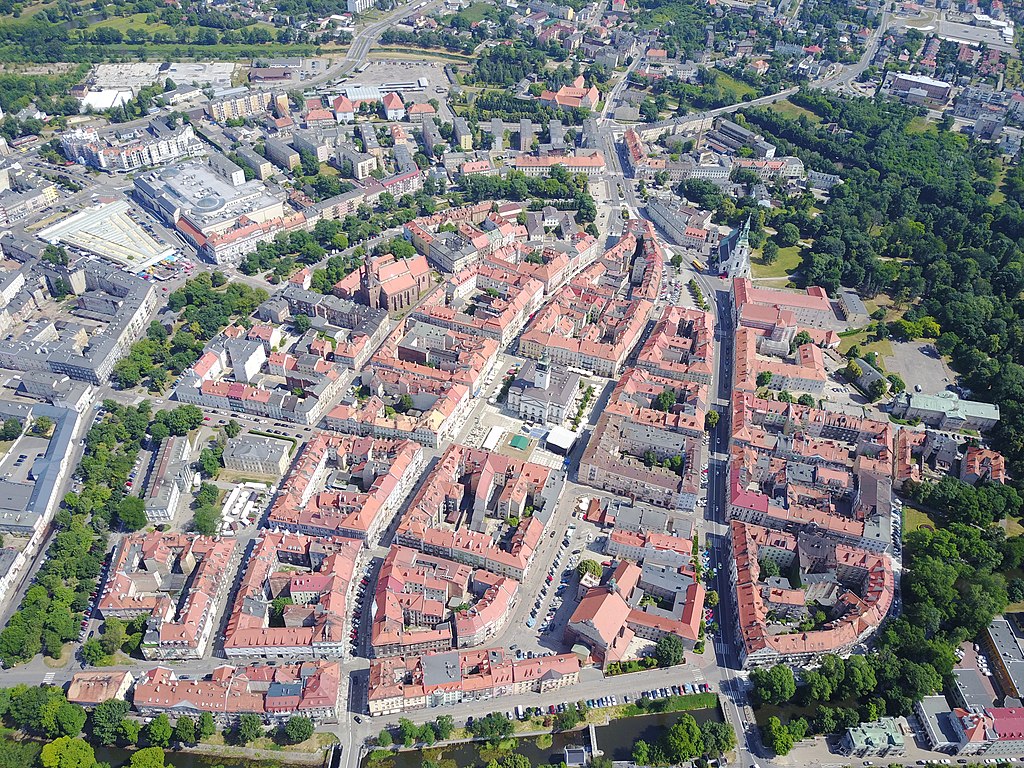
“We have been waiting for this information for a long time, but it was worth developing projects, documents, and analysis for many years,” said Kalisz Mayor Krystian Kinastowski, stating that the funding comes as a result of an application that the city has submitted to the NFOSiGW. The planned geothermal borehole will help in characterizing the resource, thus informing a decision on whether it can be used for heating or for recreational purposes.
Professor Jacek Zimny from the Krakow University of Science and Technology stated that the Poznan–Konin-Kalisz-Sieradz line is considered by scientists as “the valley of warm” and that the geothermal reservoir in this region is relatively shallow at about two kilometers.
Another reason for optimism is the proximity of the town of Uniejow, about 50 km to the NE, which has been harnessing geothermal heat since the early 1990’s. The Geotermia Uniejow co-generation plant has an output of 3.2 MW from geothermal, 1.8 MW from biomass, and 2.4 MW from oil. Incidentally, geothermal wells in Uniejow were drilled to depths of approximately 2ooo meters.
Several efforts for geothermal development are subsequently ongoing in Poland, spurred by funding from the NFOSiGW. Before the end of 2023, the funding body announced a total of PLN 53o million in subsidies that were distributed to 18 localities for the drilling of geothermal research and appraisal wells. Thus far, geothermal drilling has either started or already been completed in Gniezno, Otwock, and Zyrardow.